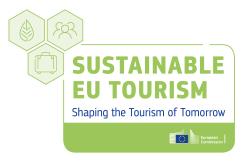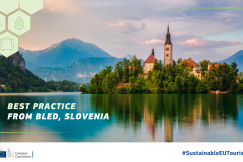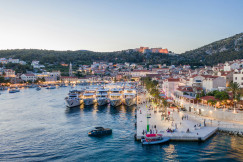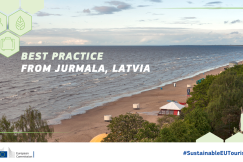Best practices
03 July 2025
Sustainable EU Tourism project - best practice: Nassfeld-Pressegger See, Lesachtal and Weissensee
Best practices
03 July 2025
Cultural tourism
Ecotourism
Health and medical tourism
+32 more
Login / create an account to be able to react
-
2
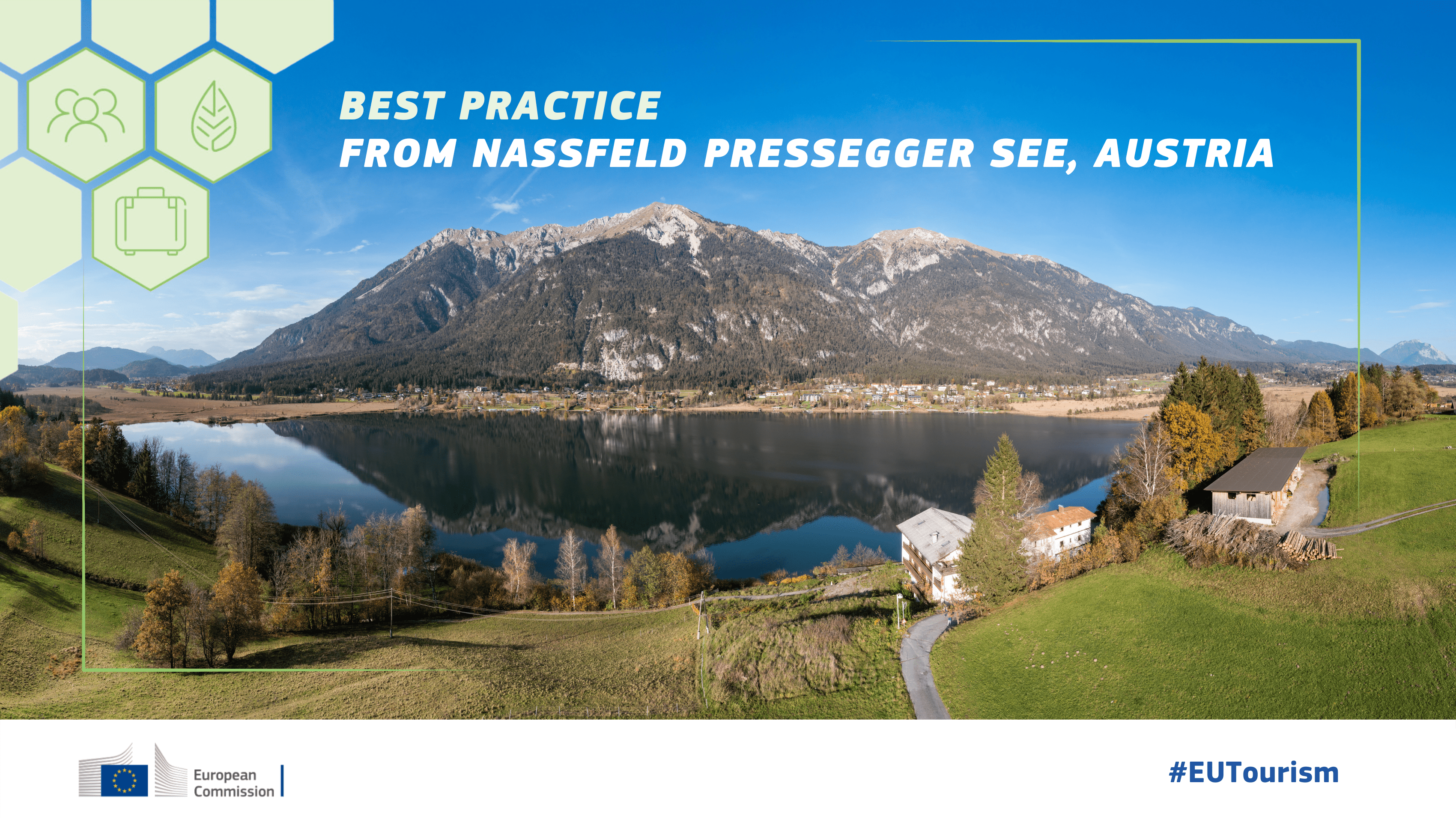
The Austrian region of Nassfeld-Pressegger See, Lesachtal, and Weissensee has transformed its tourism strategy by prioritising the well-being of locals and ecological infrastructure. Through a unified DMO, major sustainability investments, and the establishing world’s first Slow Food Travel destination, the region has strengthened its economy, reversed emigration trends, and secured recognition as Austria’s most sustainable tourism region.
Topics
Austria
Destination Management & Marketing Organisations
Local Authorities
-
Specific types of tourism
-
-
Cultural tourism
-
Ecotourism
-
Health and medical tourism
-
Mountain tourism
-
Rural tourism
-
Sports tourism
-
Wellness tourism
-
-
Transition Pathway Strategic Areas
-
-
Best practices, peer learning and networking
-
Governance of tourism destinations
-
Well-being of residents
-
-
Business activities
-
-
Activities of amusement parks and theme parks
-
Activities of associations and other organisations supporting tourism
-
Camping grounds, recreational vehicle parks and trailer parks
-
Events catering and other food services
-
Festivals, cultural and entertainment activities
-
Gardens and nature reserves activities
-
Holiday Housing / Apartments and other short stay accommodation
-
Hotel and similar accommodation
-
Mobile beverage services
-
Mobile food services
-
Museums
-
Operation of historical sites
-
Other
-
Other accommodation
-
Other amusement and recreation activities
-
Other food and beverage services
-
Other holiday reservation services
-
Other tourism transportation activities
-
Rail Passenger transport
-
Recreational and sport activities
-
Restaurants, cafes and bars (Food and Beverage serving activities)
-
Road passenger transport
-
Tour operator activities
-
Travel agency activities
-
Water (sea, coastal and inland) passenger transport
-
Share
Documents
Comments (0)
Related content
See also
-
14
Sustainable EU Tourism - Key challenges and best practices
- Categories
- Coastal, maritime and inland water tourism Cultural tourism Ecotourism +64 more
-
9
eTurizam: Modernising tourism services through digitalisation in Croatia
- Categories
- Coastal, maritime and inland water tourism Cultural tourism Ecotourism +41 more
-
6
Sustainable EU Tourism project - best practice: Jurmala
- Categories
- Cultural tourism Health and medical tourism MICE tourism +30 more


